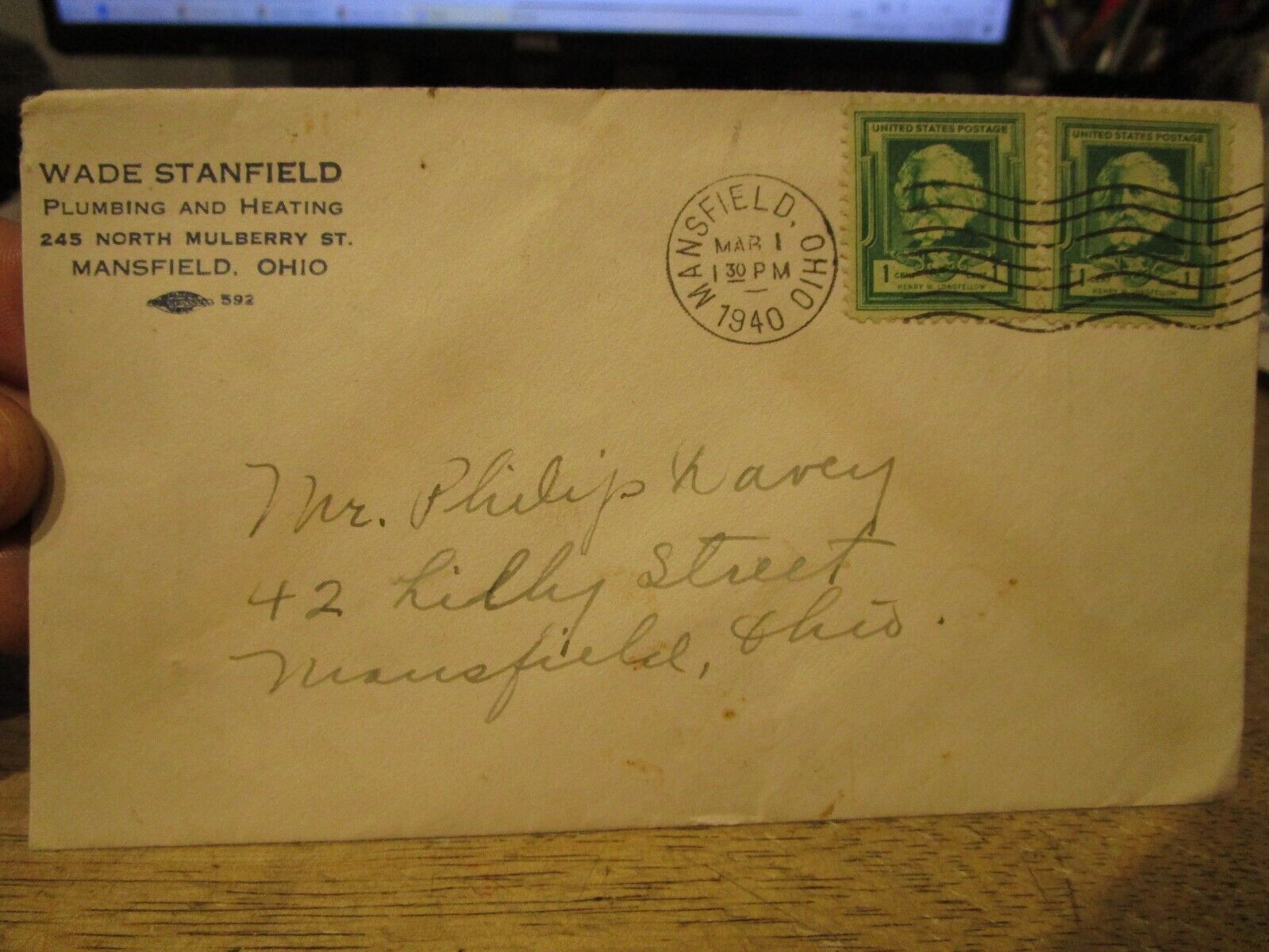-40%
1889 Imberhorne, East Grinstead Lady G Blount & Son to General Sir Martin Dillon
$ 47.98
- Description
- Size Guide
Description
1889 Imberhorne, East Grinstead Lady G Blount & Son to General Sir Martin DillonThis product data sheet is originally written in English.
Circa 1889 Imberhorne Manor, East Grinstead, Sussex, One letter from Henry Blount & Two from his Mother Lady Gertrude Blount to General Sir Martin Dillon. Three Letters.
BLOUNT, Sir EDWARD CHARLES, K.C.B. (1809–1905), Paris banker and promoter of French railways, born on 16 March 1809 at the family seat, Bellamour, near Rugeley, Staffordshire, was second son of Edward Blount (1769–1843) by his wife Frances (d. 1859), daughter of Francis Wright of Fitzwalters, Essex. The Blount family, the head of which was settled at Sodington, Worcestershire, and at Mawley, Shropshire, was a staunchly catholic house of ancient lineage. The father, who was second son of Sir Edward Blount, sixth baronet, of Mawley Hall, was active in the agitation for catholic emancipation, was secretary of the Catholic Association, joined with Daniel O'Connell in founding the Provincial Bank of Ireland, and was whig M.P. for Steyning, Sussex, in the unreformed parliaments of 1830 and 1831.
Of Edward Blount's four brothers, none of whom married, Walter Aston, the eldest (1807–1894), was Clarenceux king of arms. In spite of the catholic fervour of the family, Blount was sent as a child to the neighbouring grammar school of Rugeley, of which the vicar was master. At home at Bellamour he gained a useful knowledge of French from Father Malvoisin, an émigré priest. In 1819 he went to St. Mary's College at Oscott near Birmingham. There he stayed until 1827
After a short experience of commercial life in the London office of the Provincial Bank of Ireland, he entered the home office. Through his father's influence he went much in youth into whig society, and occasionally attended the breakfast parties at Holland House. In the autumn of 1829, the first Lord Granville, British ambassador in Paris, appointed him an attache to the Paris embassy. Next year he was transferred to the consulate at Rome. At Rome he made the acquaintance of Cardinals Weld and Wiseman; and at the palace of Queen Hortense he first met her son, the future Napoleon III. In 1831 he left Rome to join the Paris banking firm of Callaghan & Co. With his father's help, he soon started the bank of Edward Blount, Père et Fils, at No. 7 Rue Laffitte. The business proved successful, and he afterwards joined Charles Laffitte (nephew of the financier and statesman, Jacques Laffitte) in forming the new firm of Charles Laffitte, Blount & Co., Rue Basse du Rempart.
Meanwhile Blount mainly devoted his energies to the promotion of railway enterprise in France. In 1836 France had only one short line between Strassburg and Bâle. In 1838 the French government's bill for the construction of seven great trunk-lines under the control of the state was defeated, and the way thrown open to private enterprise. Blount offered M. Dufaure, then minister of public works, to construct a line from Paris to Rouen, proposing to raise 600,000l. in England and the same amount in France, on the minister's undertaking to give a guarantee for the third 600,000l. The proposal was accepted, and a company (the Chemin de fer de l'Ouest) was formed by Blount, who became chairman. The directors were half French and half English; capitalists who aided the venture included Baron James Rothschild and Lord Overstone. The law authorising Blount's firm to construct the railway from Paris to Rouen was signed by King Louis Philippe on 15 July 1840. The line, which was designed by Joseph Locke [q. v.], with Thomas Brassey as contractor, was opened on 9 May 1843.
To gain a thorough knowledge of railway management, Blount learned engine-driving, spending four months on the London and North Western railway. Mr. Buddicom, the locomotive manager of the L. and N.W.R. at Liverpool, brought over fifty English drivers for the French railway, which prospered from the first. Blount remained chairman for thirty years, With his partner, Laffitte, Blount next constructed in 1845 the line from Amiens to Boulogne by way of Abbeville and Neufchâtel, and subsequently (1852–3) he was administrator of the lines from Lyons to Avignon, and between Lyons, Macon and Geneva.
To King Louis Philippe, who gave Blount every encouragement, he professed deep attachment, and on the outbreak of the revolution of 1848, he helped members of the royal family to escape to England. The revolution caused the failure of his bank, and, though the creditors were eventually paid in full, he had to retire to St. Germains to economise. With the aid of Brassey and other wealthy friends he started in the autumn of 1852 a third banking business under the style of Edward Blount & Company at No. 7 Rue de la Paix. The venture prospered. Blount acted as banker to the Papal government. After the war of Italian independence of 1859, and the annexation of the Papal States to the new kingdom of Italy, he had the delicate task of arranging the transfer of the financial liabilities of the Papal States to the new Italian government, and the conversion of the papal debt.
On the outbreak of the revolution in Paris on 4 Sept. 1870, he wound up the affairs of his bank and transferred the business to the Société Générale of Paris, of which he became president. When the Prussians threatened to besiege Paris, he sent his wife and family to England, but remained in the capital with his son Aston through the siege. His letters to his wife give a vivid picture of its horrors. Lord Lyons, the British ambassador, left for Tours on 17 Nov. and in the absence of all the officials of the English embassy Blount took charge of British interests, being on 24 Jan. 1871 formally appointed British consul. During the siege, and especially at its close, he with (Sir) Richard Wallace and Dr. Alan Herbert distributed the money and food contributed in England to relieve the besieged. He dined with Bismarck at Versailles after the fall of the city, and left for London at the end of March 1871. He was convinced that England should have come to the rescue of France, and he expressed his views with frankness, when on his arrival in England he breakfasted with Gladstone, the prime minister, Lord Granville, the foreign minister, being a fellow guest (cf. The Times, 16 March 1905). For his services he was made C.B. on 13 March 1871, becoming K.C.B. (civil) on 2 June 1878. He was also a commander of the legion of honour.
In 1894 Blount resigned the chairmanship of the Chemin de fer de l'Ouest. A popular agitation condemned as a military peril the control by a foreigner of the railways of the country. The French government handsomely acknowledged Blount's services, and his fellow directors elected him honorary president. He long maintained his position in English and French society in Paris, and was for many years president of the British chamber of commerce there. His financial interests extended beyond France. He was a director among other ventures of the General Credit and Finance Company (afterwards the Union Discount Company of London) and of the London Joint Stock Bank. Devoted to the turf, he was largely interested in the stable of the Comte de Lagrange, on whose death in 1883 he kept a small stable of his own. He was a member of the French Jockey Club, and was reputed a good whip.
In June 1901, owing to his advanced age, he retired from the presidency of his banking concern, the Société Générale of Paris, and leaving France, was made honorary president. He then settled at his Sussex home, Imberhorne, East Grinstead. He dictated his interesting recollections to a neighbour, Dr. Stuart J. Reid, who published them in 1902.
He died at East Grinstead on 15 March 1905, aged ninety-six, and was buried in the family vault at the cemetery of St. Francis, Crawley, Sussex. He was a staunch adherent of the Roman catholic church, for which community he built a school near Birmingham, and a church at East Grinstead.
On 18 Nov. 1834 he married Gertrude Frances, third daughter of William Charles Jerningham. She died on 9 Nov. 1907. Of his two sons and three daughters, he was survived only by his younger son, Henry Edmund Blount.
Two paintings of Blount, one by Ricart of Paris (circ. 1850–60), and the other by J. A. Vinter (1866), are at Imberhorne.
[Recollections of Sir Edward Blount, ed. Dr. Stuart J. Reid, 1902 (portrait); Debrett's Peerage; The Times, 16 and 20 March 1905; Men of Note in Finance and Commerce, 1900–1; Athenæum, 4 Oct. 1902.]
:
Powered by SixBit's eCommerce Solution
Circa 1889 Imberhorne Manor, East Grinstead, Sussex, One letter from Henry Blount & Two from his Mother Lady Gertrude Blount to General Sir Martin Dillon. Three Letters. BLOUNT, Sir EDWARD CHARLES, K.C.B. (1809–1905), Paris banker and promoter of French railways, born on 16 March 1809 at the family seat, Bellamour, near Rugeley, Staffordshire, was second son of Edward Blount (1769–1843) by his wife Frances (d. 1859), daughter of Francis Wright of Fitzwalters, Essex. The Blount family, the head of which was settled at Sodington, Worcestershire, and at Mawley, Shropshire, was a staunchly catholic house of ancient lineage. The father, who was second son of Sir Edward Blount, sixth baronet, of Mawley Hall, was active in the agitation for catholic emancipation, was secretary of the Catholic As
EAN
Does Not apply
Country
England
Estate or House name
Imberhorne Manor
Family Surname
Blount
City/Town/Village/Place
East Grinstead
England County
Sussex
Era
1891-1900
Addressed to
General Sir Martin Dillon
Document Type
Original Manuscript Letter











